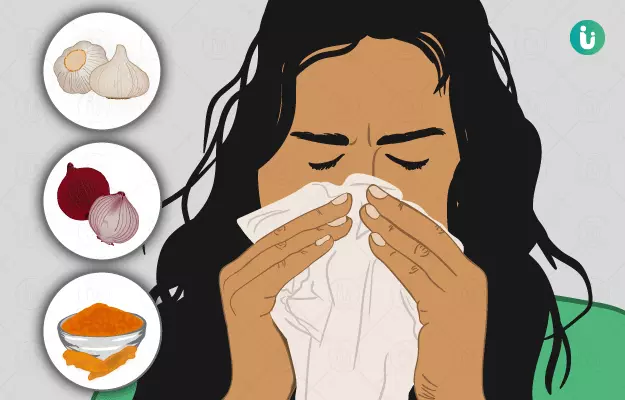Allergic rhinitis, also known as hay fever, is a condition in which a person gets a runny nose, watery eyes and itchy skin every time they are exposed to an allergen. An allergen is an otherwise harmless substance that causes your immune system to overreact. The most common allergens present in the air are dust, pollen and pet dander.
Allergic rhinitis may be triggered by changing seasons - seasonal allergies - or it could be present throughout the year - perennial allergic rhinitis.
If you are troubled by allergic rhinitis, it's best to find out what triggers your symptoms and avoid it whenever possible. If your symptoms are severe, it is best to visit a doctor.
In most cases, though, allergies can be managed through anti-histamines and some simple home remedies.







